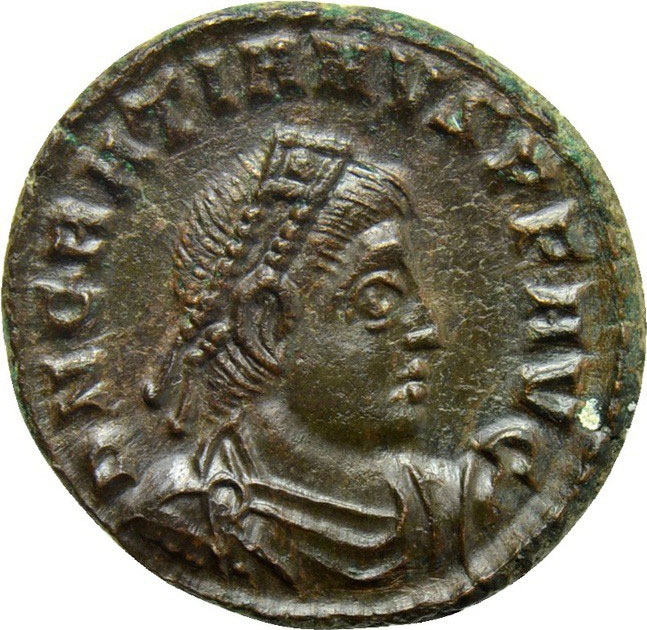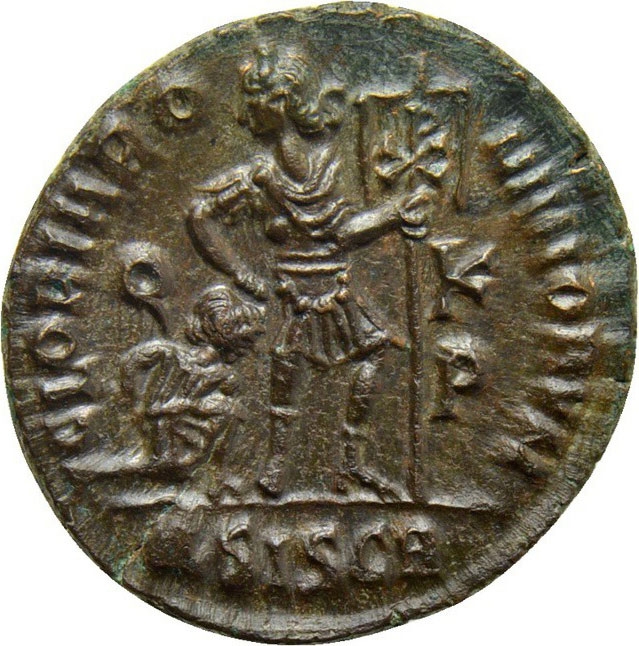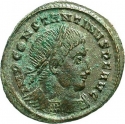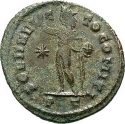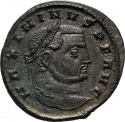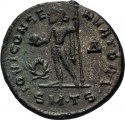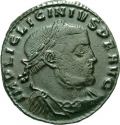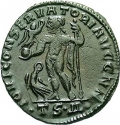You are about to finish your registration. Please check your mailbox (including spam folder). There should be a letter with a confirmation link. Check setting to make sure that your e-mail address is correct.
Send letter againDescription
Gratian (Flavius Gratianus Augustus) was Roman emperor from 367 to 383. The eldest son of Valentinian I, Gratian accompanied, during his youth, his father on several campaigns along the Rhine and Danube frontiers. Upon the death of Valentinian in 375, Gratian's brother Valentinian II was declared emperor by his father's soldiers. In 378, Gratian's generals won a decisive victory over the Lentienses, a branch of the Alamanni, at the Battle of Argentovaria. Gratian subsequently led a campaign across the Rhine, the last emperor to do so, and attacked the Lentienses, forcing the tribe to surrender. That same year, his uncle Valens was killed in the Battle of Adrianople against the Goths – making Gratian essentially ruler of the entire Roman Empire.
He favoured Christianity over traditional Roman religion, refusing the divine attributes of the Emperors and removing the Altar of Victory from the Roman Senate.
Obverse

|
Gratian, pearl-diademed, draped, cuirassed bust right. D N GRATIANVS P F AVG |
|---|---|
Reverse

|
Emperor advancing right, head left, holding labarum (Chi-Rho standard) and dragging captive. GLORIA ROMANORVM |
| Edge | - |
1 Follis
RIC# IX 14
Characteristics
| Production | Hammering |
| Material | Bronze |
| Weight | 1.9 g |
| Diameter | 17 mm |
| Thickness | - |
| Shape | - |
| Mint |
Siscia Mint (SIS)
|
